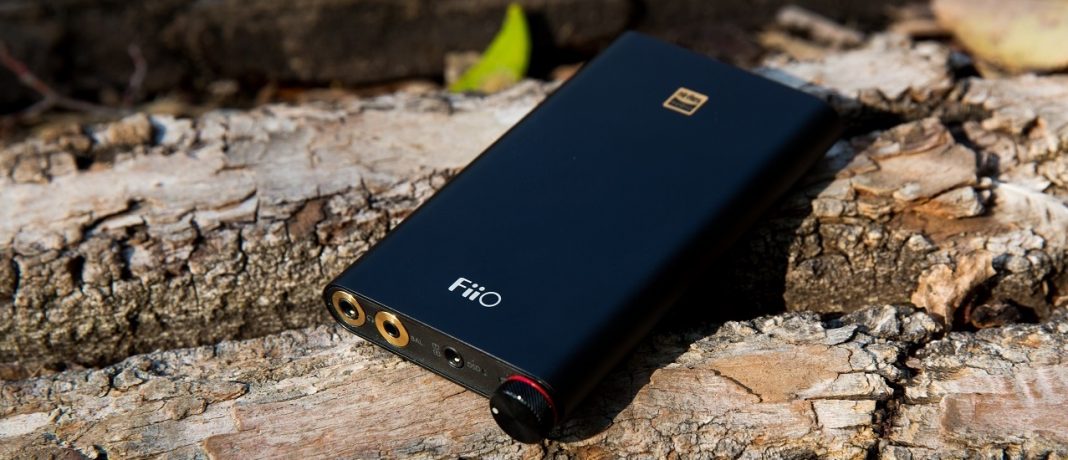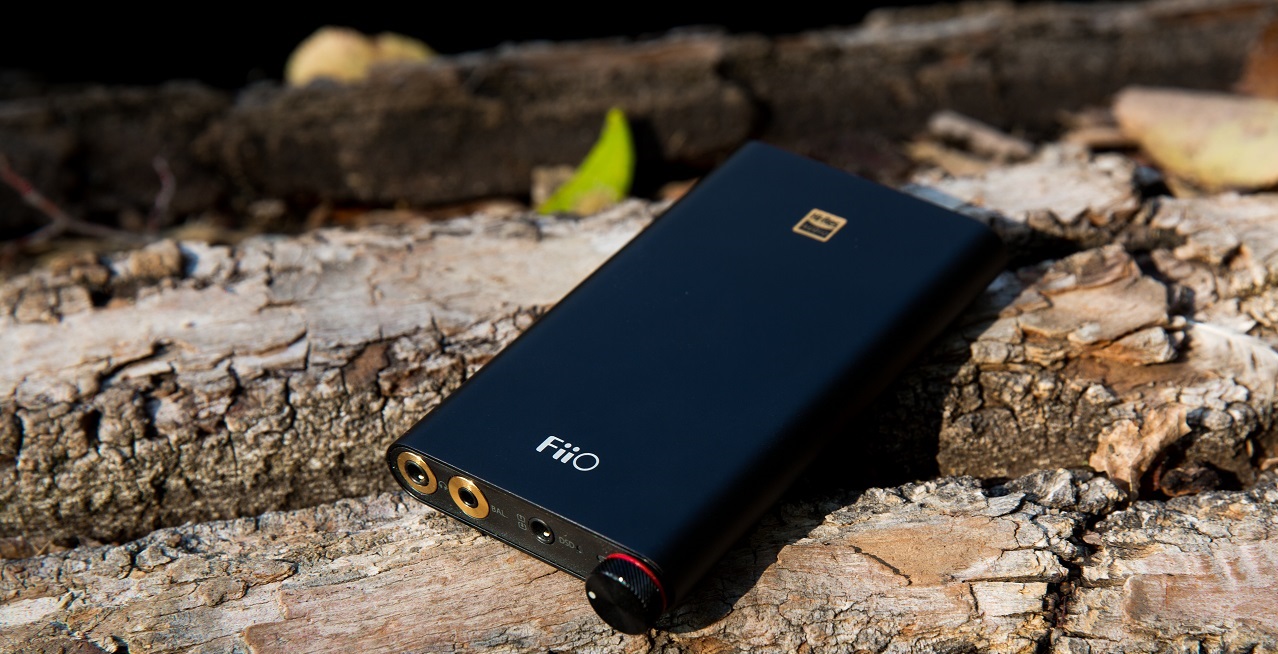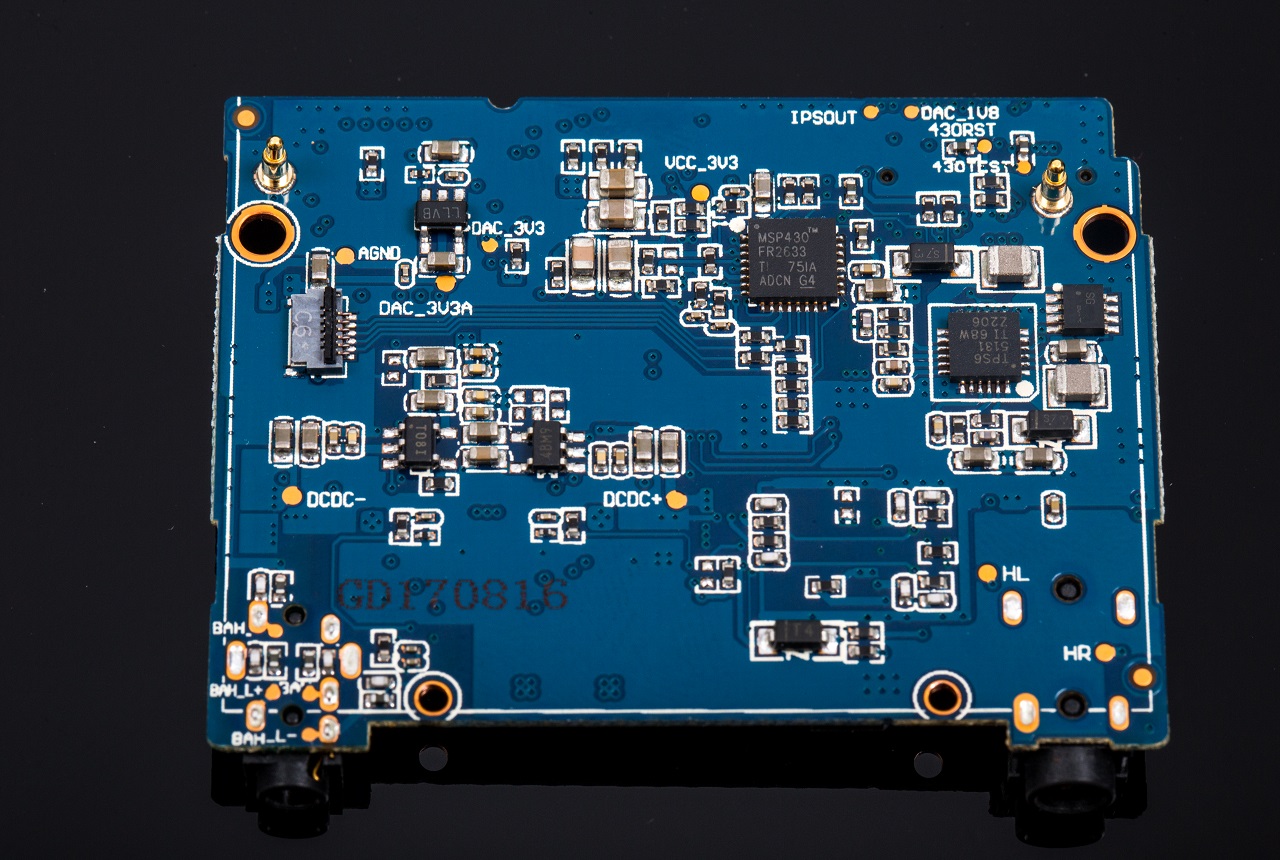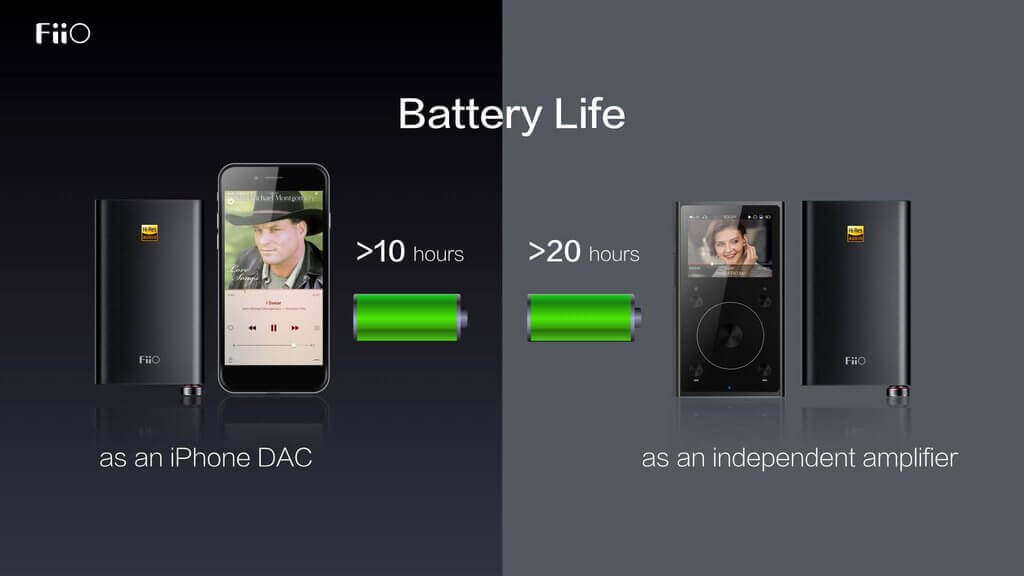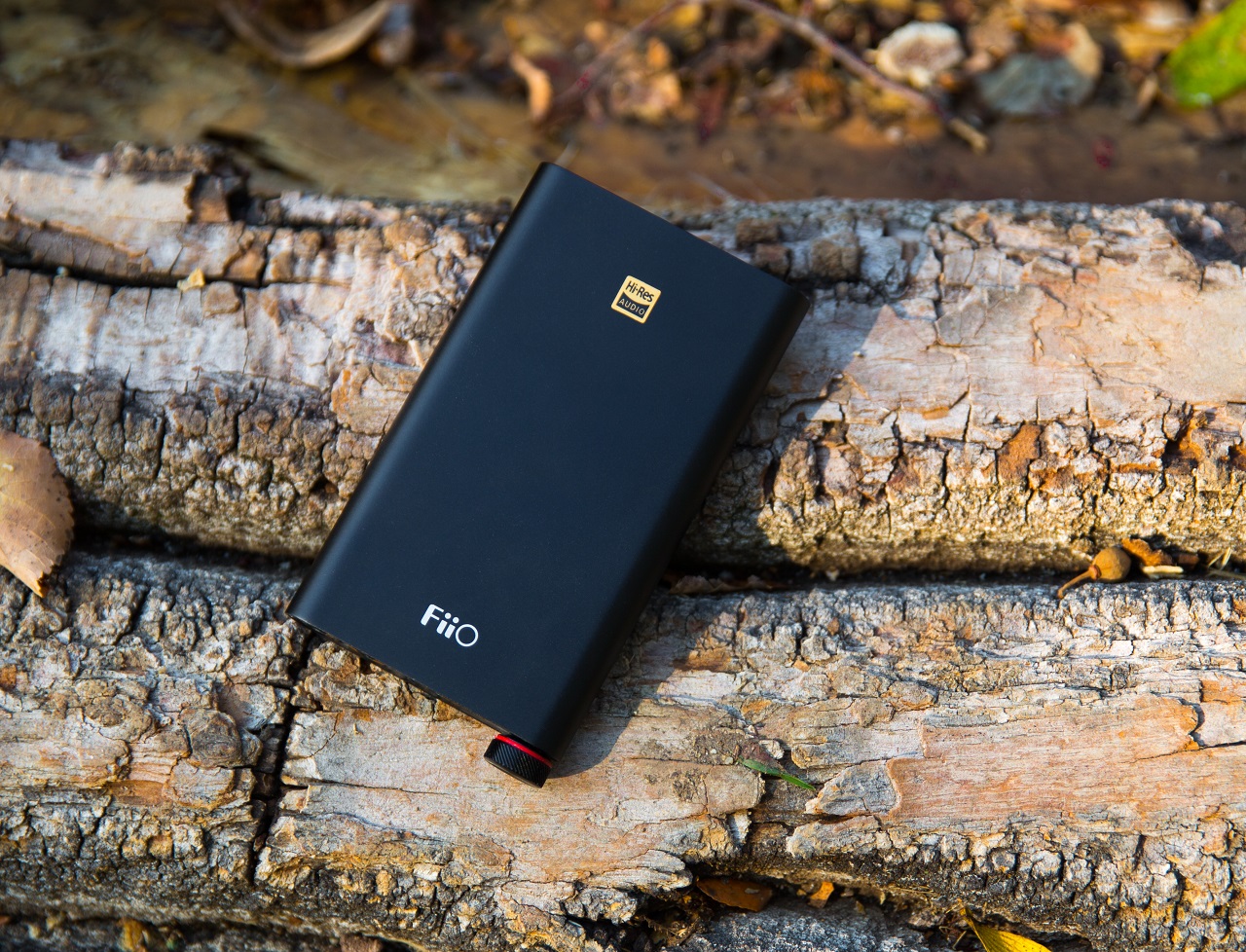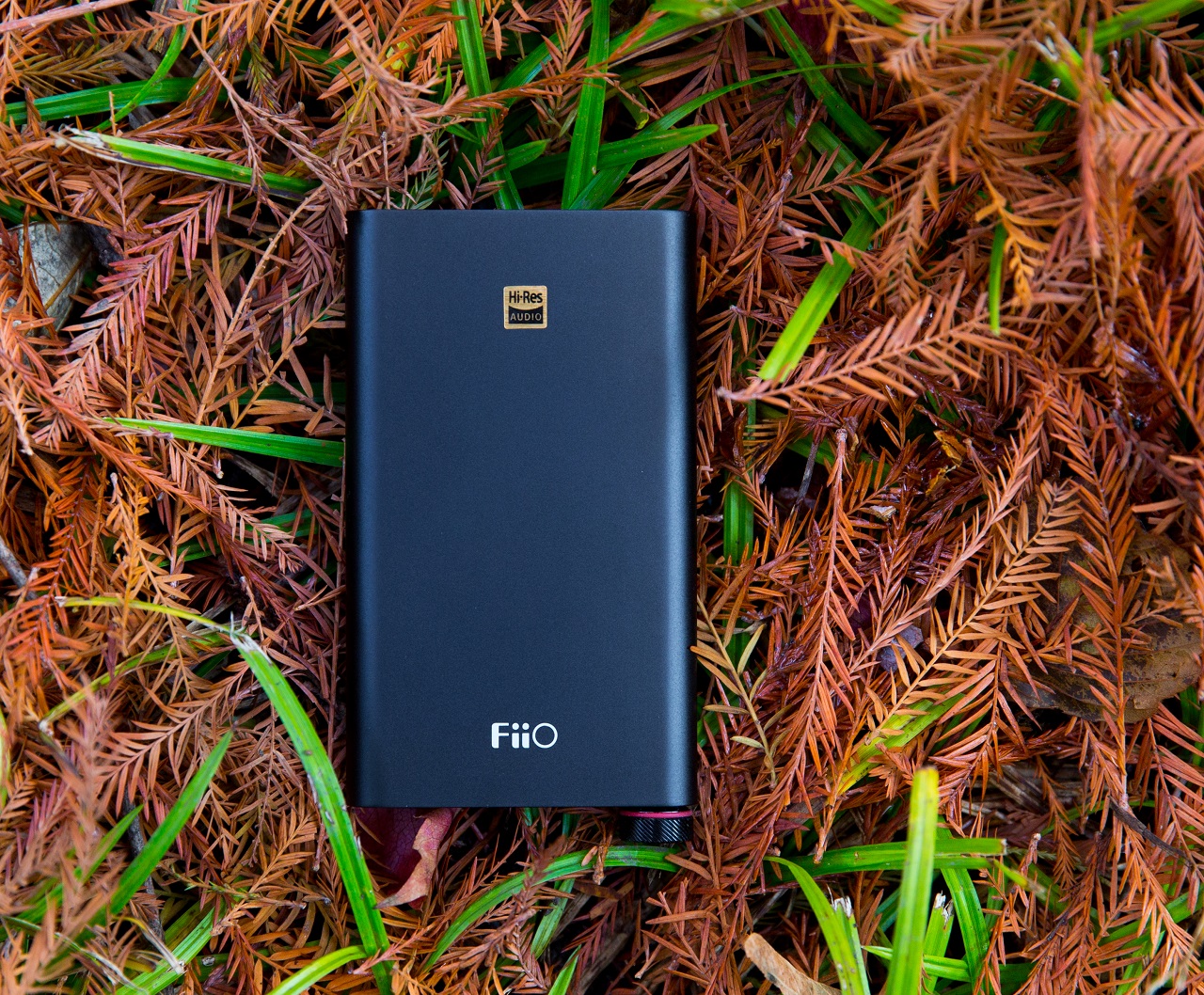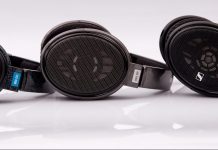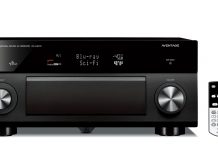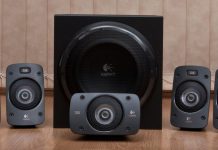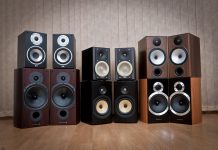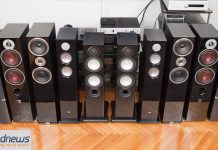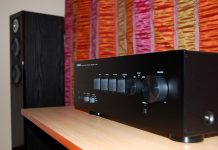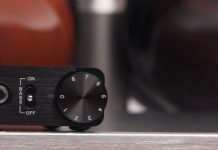For the last decade portable DAC/Amps become more and more popular often seen among music lovers.
FiiO always knew how to develop and propose competitive products in this category, those devices actually made them famous.
Q1 MK II represents newest entry level DAC/Amp from FiiOs portfolio and in the same time a new direction for the newest trends from the industry.
Design and specs
Minimalist design, lack of straight angles and easy lines draw attention immediately.
At a first glance I feel that they were inspired a bit by a Sony creation, more exactly by PHA1A DAC/Amp that has a strikingly similar shape.
I’m glad that the brute feel of the first Q1 is gone, although quite cute it was not precisely finished like the new model.
Device is quite small and its very comfortable to hold in hand.
The case is entirely made from metal, with the exception of the front and rear panel that are plastic made.
On the front there is a digitally controlled volume pot that turns on and off the device, a combo 3.5mm jack that can be an analog input or a line output, another regular 3.5mm headphone out and a balanced 2.5 mm out.
On the back there a bass switch (On/Off), a gain switch (Low/High) and the micro-USB connection for charging and for using it as a an external DAC.
Its super simple and intuitive, everything is very clear from the start.
Let’s see if there’s any surprise inside.
Internal Components
Besides XMOS USB chip that from the starts suggests a perfect USB DAC operation, Q1 MKII has something under the hood which I didn’t expect.
The biggest surprise is the MFi certification (Made For iPhone) that means it works with any iOS device. In the package besides the usual micro-USB and mini to mini cables there is also a micro-USB to Lighting cable.
An iPhone 6S immediately detected the external device and the audio experience was resizable elevated together with Q1 MKII.
I also tried it with Android devices and it worked! However FiiO states that it will not work with all Android devices. The ones that worked all supported OTG, other than that I urge to test for yourself before buying just to be sure it will work with your phone.
While it is an entry level device, internal components are not.
The heart of the device represents the AK4452 DAC chip from AKM which I found present in many modern devices such as Onkyo A9150, SMSL A6 and even in Grace Design Standard DAC.
This chip can decode natively DSD 64/128/256 and PCM files up to 384 kHz/32 bit.
For a higher precision two crystal oscillators were used, one for DSD and one for PCM material.
Low pass filtering is done by OPA1662 and headphone amplification by two OPA926.
In Single-Ended (SE) configuration on the normal 3.5 headphone output just a single OPA926 will work, only on balanced connection both chips will work simultaneously. Too bad, given that majority of IEMs in stock form are using the 3.5mm jack. But taking into account the newest motto of the company Infinity Sound all their new devices and higher tier headphones will came with a balanced cable and DAC/Amp devices will offer a balanced output.
Newest direction is clear and welcomed.
Newest IEMs such as F5, FH1m F9 and F9 PRO already have a balanced cable in the package.
Let’s get away with the boring stuff and move on to something exciting.
Sound Performance
Moving on to the subjective part of the review to me Q1 MKII sound neutral and quite linear with a small mids emphasis, having a small cut from the frequency extremes.
The fine cutting of the extremities also caused a small mitigation of the impact on the eardrum, therefore the unit can be listened for hours without any of listening fatigue.
Having a relaxing sound character Q1 MKII may not please speed and impact craving listeners that might check other such devices.
However I can not help noticing naturalness that it is capable of.
Sound is a little bit thickened, having an emphasis on mid-bass and mids. Those frequencies are put on the foreground which leads to that sense of liquidity and naturalness.
Sound produced by Q1 MKII is opposed to bright and sharp sound signature.
Surprisingly in DAC/Amp mode on the 3.5mm SE output it decently drove a pair of Sennheiser HD660S one the high gain setting.
It’s not the optimal device for these headphones, but if needed it is more than decent, it does not bring out the best of these headphones, but for the mid priced headphones category it can be a good choice.
Connected to a pair of F9 PRO even on the high gain setting, hiss is indistinguishable at maximum volume that is really a great thing. On the balanced out it’s the same story not a singe trace of hiss.
Connected to an iPhone 6S though the Lightning cable no hiss as well.
In this particular configuration – on the street I mostly listened for few days in the row connected to a pair of F9 PRO or to Momentum M2.0. In both cases dynamics were above average, the hard hitting incisive sound hitting my eardrums has been calmed down by the Q1 MKII.
For aggressive sounding headphones Q1 MKII should be an easy recommendation.
Comparing to the stock headphone out from the iPhone, Q1 MKII sounded more pleasing, more precise, more extended on width and depth and in general it offered far higher volume control for power hungry headphones.
Although iPhone 6S sounds not so bad, it doesn’t compare with what I am hearing from the Q1 MKII, the sound simply is decompressing.
On the balanced out using F9 PRO I hear better dynamics, and that slightly lazy sound from the SE output becomes faster and more articulate. The impact increases significantly so is the power output.
To get the best out of Q1 MKII you’ll need to use the balanced output, it is sensibly more powerful, correcting the impact that bothers me on the normal 3.5mm output.
Having a small form factor it doesn’t add too much to the weight of a phone, so in case you cannot part ways with your phone at the expense of a dedicated Hi-Res DAP, the Q1 MKII can easily replace such a DAP.
Sincerely I liked it way more in this configuration, hooked to an iPhone, than using it at home as a DAC/Amp, it was not sounding worse or better at home, it is just a proper desktop solution still sounds way better to me, where Q1 goes out of the question.
Bass reproduction was good, I would like a better presence in the sub-bass area, but I might he hitting the limitations of the built-in headphone amp.
Bass switch helps elevating this issue, it adds around 5 dB below 100 Hz, exactly where it was needed.
Put on “On” position bass wakes up, still on some cases and on some headphones it might be a bit too much, this is why most of the time I turned this feature off.
From the mid-bass up until higher frequencies this small guy offered solid performance, it actually excelled in this particular region. Acoustic instruments are heard full bodied, however the outline of the notes is a bit foggy.
Higher notes are put in the back, on second plan, and highest frequencies are simply masked, it’s the reason why musical experience may be felt as laid-back, lacking impact and visceral presence.
Truly aggressive headphones can be calmed by Q1 MKII, on the other hand already laid-back headphones can sound too slow and relaxed.
Crowded or claustrophobic sounds rarely will be heard on this device as it spreads out quite good all the musical information.
Sound depth is not the strong point nor the holography that leaves it to be desired. Instead, I think technicalities are more than enough for this price level and for these dimensions.
As a whole the sound is quite clean and detailed, soundstage is medium sized and frequency response quite linear.
I was disappointed a bit by the power of the SE output, first generation of Q1 was quite more powerful in this regard, instead if you do own few headphones with a 2.5mm balanced connection Q1 MKII becomes a quite decent headphone amplifier.
Conclusions
The highest quality of Q1 MKII is that it transforms almost any smartphone into a quality portable DAP. It is officially MFI (Made for iPhone) certified and works with majority with OTG Android devices.
I think it is cool looking, its looks minimalist, simple to use, its small and light.
For iOS devices it becomes a must have if a better sound performance is what are you looking for.
For newcomers for this beautiful hobby Q1 MKII may be very well used in a desktop setup connected to some mid tier headphones. Just be careful to the sensitivity of headphones, HD660S were decently driven but not extraordinary.
As a simple headphone amp its good in majority of cases, but not great, even the same A3 from the same manufacturer outperforms it if only the standard 3.5 mm headphone out is important to you.
I liked it quite much and sincerely for ~120 Euros I don’t know any device that can natively play DSD 256 and PCM up to 384 kHz/32 bit, and that MFI certification is just the icing on the cake.
Pros:
- Transforms almost any smartphone into a powerful Hi-Res DAP
- Meticulously chosen internal components, natively plays PCM and DSD
- Neutral sound signature
- Offers liquidity and naturalness to bright and aggressive headphones
- Lack of hiss for highs sensitivity headphones (hybrids or armature based)
- Decent airy presentation, medium sized stage and extraction of details
Cons:
- Impact and speed quite limited
- Soundstage is limited in depth, holography is not present
- On 3.5mm SE output power is halved compared to the balanced output
Gear used for review:
FiiO Q1 MKII, Q1, F9 PRO, Sennheiser Momentum M2.0, HD660 S


